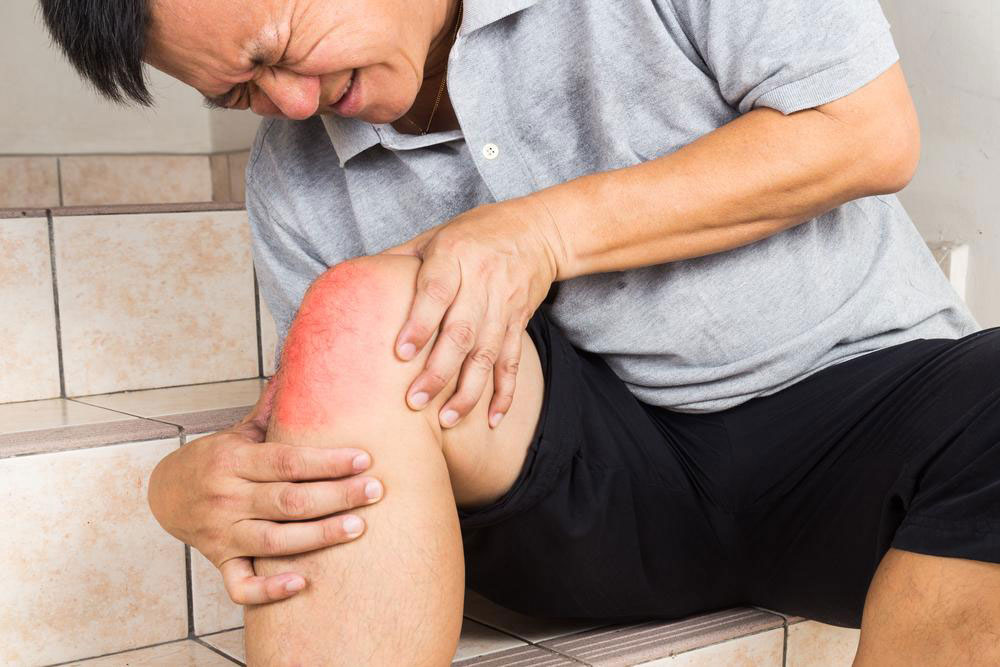Treatment for Instant Gout Relief
In order to get instant gout relief, it is important to understand the underlying cause of gout. Gout occurs due to the presence of high uric acid levels in the body. Instant gout relief can be achieved through specific medications.
For instant gout relief, it is important to combine medications as well as incorporate changes in lifestyle.
Here is what you should do if you want relief from gout pain and swelling:
- The first thing that you need for quick gout relief is a prescribed anti-inflammatory medication.
- Apply ice to the joint and keep it elevated often.
- Avoid any kind of alcohol or soda (which contain sweet) when you have gout.

Though attacks of gout come without a warning, these reach a peak and then abate within a week or a couple of days before completely going away. The first day and a half are the critical and the most painful period.
When you get an attack of gout, consult your doctor and find ways to get your uric acid levels under control and also to ensure that future attacks of gout don’t happen.
Medications for an acute attack of gout
The medications which help in treating an attack of gout are:
- Non-steroidal anti-inflammatory drugs (NSAIDs)
If these medicines are taken within 24 hours of the attack, then there is immediate pain relief for gout. This also helps in shortening the intensity of the attack. - Corticosteroids
When the gout attack takes place, corticosteroids taken orally or injected directly into the joint that is inflamed can be an effective remedy. If there is no relief with the use of other medications, or if more than one joint is affected—then corticosteroid injections can be helpful. Adrenocorticotropic hormone (ACTH), which is a synthetic medicine helps in the production of corticosteroids in the body. This helps in the prevention of a gout attack. Both corticosteroids and adrenocorticosteroids start working within 24 hours. - Colchicine
This plant-based medicine has been effectively used for the treatment of gout for over 2000 years. Pain and swelling which accompany gout attacks abate with its use. However, there are side effects from its consumption.
The side effects are diarrhea, abdominal cramps, and nausea. There are possibilities of more serious side effects as well. Like the other medicines, it is most effective if taken immediately. - Allopurinol
This medication is used in conjunction with regular, low doses of colchicine or NSAIDs and they lower uric acid levels to prevent a gout attack. The dose of allopurinol is increased gradually over a period.
There might be attendant problems like shifting of the crystals in your joint with the possibility of another attack. Side effects with taking allopurinol include skin rashes as well as an upset stomach. Extreme allergic reactions have been reported in some cases. - Febuxostat
This is an alternative to allopurinol if there are kidney problems or side effects. This medicine also helps in the reduction of uric acid levels. The dose is also increased progressively over a period of time. Joint or muscle pain, as well as nausea, are the recorded side effects of this medicine. - Probenecid
This helps with the eradication of uric acid by functioning on the kidneys. This has to be taken on a daily basis and its effectiveness can be increased with the use of antibiotics. There are side effects to it which includes nausea, kidney stones, stomach problems, skin rashes, and headaches. - Lesinurad
This oral drug helps to eliminate uric acid. It is used in conjunction with Xanthine Oxidase Inhibitors (XOI) like allopurinol or febuxostat. This method should be used only with XOI. This alone is not effective. The side effects of this medicine are flu, headaches, increased blood creatinine, GERD, and side effects related to the kidney. To prevent kidney stones, proper hydration of the body is important. - Pegloticase
It is used for refractory chronic gout which does not respond to standard medication. It reduces uric acid levels must faster than other medications. It is given intravenously every two weeks. The side effects are gout flares, bruising, nausea, sore throat, chest pain, constipation, and vomiting. - Precautions to keep in mind while taking gout medications
While prescription medications are meant to provide instant gout pain relief, it is important to ensure that the instructions for taking these medications are followed the right way. You need to keep in mind that the body needs to be well hydrated while taking these drugs.
Alcohol needs to be avoided at all costs when gout medications are being taken. Avoid drinking grapefruit juice. You need to understand the side effects and consult a medical professional before taking these medicines.

